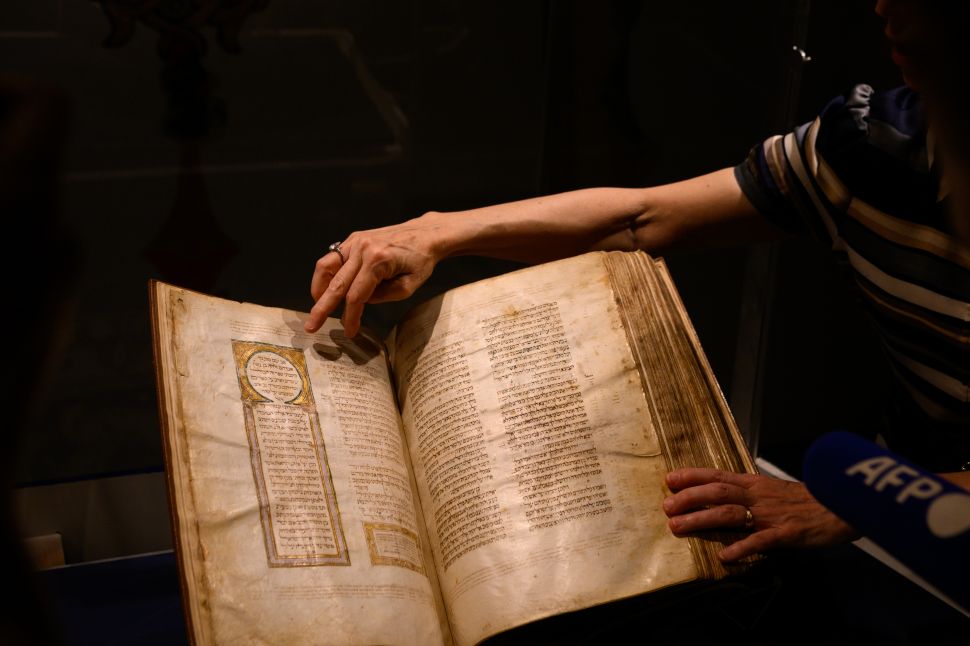When most people envision cultural institutions such as museums, libraries or galleries, they typically picture marble halls, quiet galleries and carefully preserved manuscripts displayed behind protective glass. Theft, financial misconduct or public scandals rarely come to mind. Yet, recent cases involving rare books and ancient manuscripts have exposed critical vulnerabilities within these respected institutions, causing lasting damage to their reputations.
Consider the Girolamini Library in Naples, Italy. In 2012, Marino Massimo De Caro, the library’s director, orchestrated a large-scale theft from within. Over months, De Caro quietly removed thousands of rare antique volumes and distributed them through the international market. These stolen books surfaced at auctions across Europe, notably in Germany, until authorities eventually intervened. The fallout wasn’t limited to financial losses; libraries and auction houses linked to these stolen items suffered severe reputational harm, shaking public trust significantly.
In 2020., the Green family, owners of Hobby Lobby, experienced similar troubles after acquiring antiquities for their Museum of the Bible in Washington, D.C. Intended as a prominent educational institution, the museum instead became embroiled in controversy. Authorities discovered that thousands of cuneiform tablets and artifacts in the museum’s collection had been illegally smuggled from Iraq. This oversight resulted in widespread public criticism, a substantial $3 million fine and the forced return of over 5,500 artifacts. Almost overnight, the museum’s image shifted from respected educational hub to a cautionary tale of insufficient provenance research.
Norway’s Schøyen Collection provides another notable example. Known globally for its extensive manuscript collection, the private collection faced intense scrutiny after accusations surfaced about illicit artifact sourcing. Norwegian authorities seized around 100 artifacts suspected of being illegally removed from Iraq. This event highlighted the ethical responsibilities facing private collectors and cast suspicion on many previously reputable collections.
These incidents are not isolated; they reflect broader challenges confronting cultural institutions worldwide. Today, the art and antiquities sectors face increasing regulatory scrutiny and rising public demands for transparency. Institutions now operate in an environment where reputational harm spreads rapidly and has lasting effects. As a result, thorough provenance research is no longer just a matter of ethics but an essential practice for risk management.
A new era of cultural accountability
Over the past decade, the landscape of cultural governance has dramatically changed. Regulatory agencies, investigative journalists and advocacy groups have increasingly highlighted issues related to artifact trafficking and provenance transparency. Organizations like UNESCO and INTERPOL have been instrumental in raising awareness of these challenges, pushing institutions toward adopting stricter governance measures.
The task of provenance verification is further complicated by the complexity of today’s global art market. Verifying an artifact’s history often involves extensive archival research, international cooperation and even forensic analysis. Institutions without rigorous oversight or sufficient investment in provenance verification are especially vulnerable to unintentionally dealing in stolen or illegally sourced items. Such oversights can quickly erase credibility built carefully over generations.
New technologies, such as blockchain, offer promising solutions to provenance issues. Blockchain’s secure and transparent digital records enable institutions to track artifacts’ histories accurately. While still developing within this field, due to the tamper-proof nature of logging, blockchain could provide significant protection against future scandals. It can essentially be used as a ledger that is widely and publicly accessible and can establish a clear provenance chain. In 2018, Christie’s partnered with Artory, a blockchain-secured registry that catalogues verified information on artworks and collectibles, to record the $317 million sale of Barney Ebsworth’s collection. This marked the first art auction at that price point to be recorded using blockchain. Institutions that adopt this technology early could gain a substantial advantage in safeguarding their collections and maintaining public trust.
Moreover, recent trends suggest that public opinion increasingly holds institutions accountable not only for their own practices but also for those of their partners and suppliers. Museums and libraries must now carefully scrutinize partnerships, ensuring ethical standards align closely. Failure to do so can result in collateral reputational damage, even if direct responsibility lies elsewhere.
Another critical factor influencing cultural institutions’ vulnerability is globalization. As markets and collections become increasingly international, risks related to cultural property become more widespread. Artifacts from conflict zones, colonial histories or regions with poor governance often enter the market through murky channels. Without careful monitoring, institutions inadvertently support illegal or unethical practices, further exposing themselves to public criticism and regulatory action.
Ultimately, institutions entrusted with preserving cultural heritage must view transparency and stringent governance as essential, non-negotiable practices. Provenance verification must become a proactive, core aspect of their operations rather than an occasional effort. Institutions that genuinely commit to these standards will solidify their role as trusted cultural stewards.
Trust, once damaged, is difficult to restore. Ensuring proper provenance standards is therefore not just ethical but strategically vital. In today’s demanding environment, institutional integrity hinges on consistently maintaining rigorous ethical standards. With the stakes so high, proactive diligence and transparency become more critical than ever for cultural institutions seeking long-term credibility and success.

